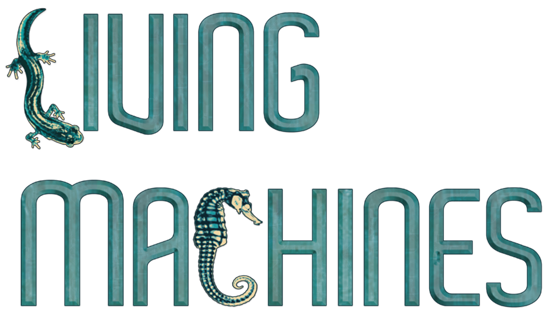Organizers
Lorenzo Vannozzi and Leonardo Ricotti – Scuola Superiore Sant’Anna, Italy
Location, Date and Time
Aquarium of Genoa – Auditorium – July 10, 2023, 13:00 – 17:30
Abstract
Biohybrid actuators combine biological components, such as muscle cells, with artificially engineered materials to create functional systems capable of moving or generating forces. These devices hold great promise for a broad range of biomedical applications, allowing tasks that are difficult or impossible for conventional technologies. This represents an exciting area of research at the intersection of biology and engineering, with the potential to create new types of machines and devices that can improve people’s health and quality of life
Advanced biohybrid actuators still require the development of some enabling technologies. Advancements in synthetic biology, tissue engineering, and microfabrication technologies are enabling researchers to more efficiently integrating biological and synthetic components within biohybrid systems, responsive to different types of stimuli. In parallel, the continuous rise of artificial intelligence algorithms and simulative environments is unraveling novel scenarios for the optimization of biohybrid actuator designs and performances.
This Workshop provides an overview of the latest developments in biohybrid actuator technology and the corresponding enabling technologies. Potential applications and the key challenges that must be addressed to concretize their potential entirely are also analyzed.
Website
https://www.santannapisa.it/it/living-machine-2023/biohybrid-actuators-and-enabling-technologies

